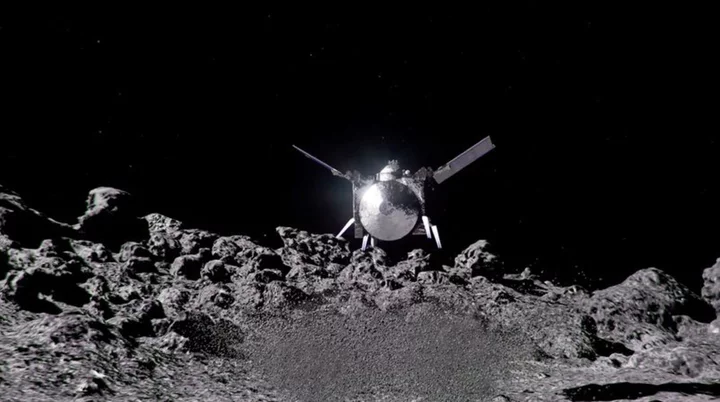
NASA probe to observe near-Earth asteroid's 2029 close encounter
By Steve Gorman About 5-1/2 years from now, astronomers predict, an asteroid about as wide as the Empire
1970-01-01 08:00
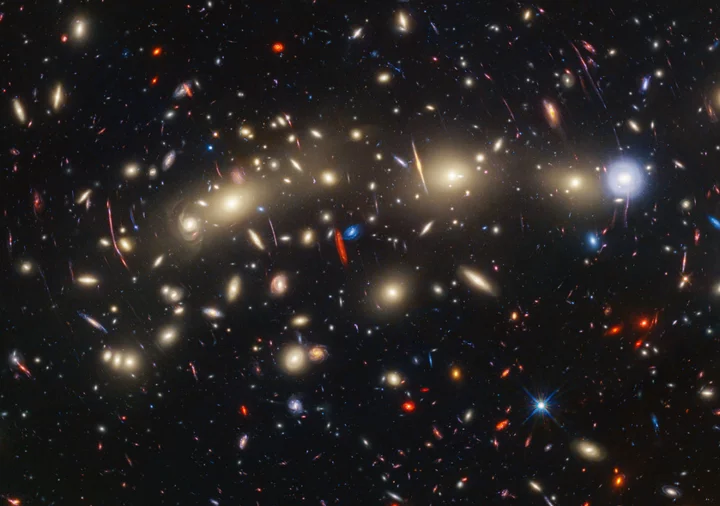
Nasa reveals the most colourful picture of the universe ever made
Nasa has released the most colourful picture of the universe ever made. The space agency created the image by combining data from the James Webb and Hubble space telescopes to capture light that has never been seen before in one image. The picture shows the galaxy cluster known as MACS0416, which is about 4.3 billion light years from Earth. The reds, blues and bright yellows of the picture represent one of the most comprehensive views of the universe ever taken, Nasa said. The colours represent the wavelengths of light captured, going from the shortest in blue to the longest in red. Those colours also help show the distances of those galaxies. Those galaxies that are closer and more active tend to be blue, while the red ones are further away – though some are also red because the vast amount of cosmic dust in the galaxy absorbs the blue of the light from stars. It was created by gathering both visible and infrared light captured by both telescopes. The original imagery was taken by Hubble in 2014, which captured some of the faintest and youngest galaxies ever detected, and it was then combined with Webb’s infrared data to look even further into the early universe. As well as making for a stunning image, researchers are already studying the data used to create it to examine the galaxy cluster and what it might mean for the universe as a whole. The Webb observations can be used to find “transients”, which are objects that change brightness over time. In the image there are some 14 transients – most of which are likely to be individual stars that are becoming brighter, with a minority that are thought to be supernovae. “We’re calling MACS0416 the Christmas Tree Galaxy Cluster, both because it’s so colorful and because of these flickering lights we find within it. We can see transients everywhere,” said Haojing Yan of the University of Missouri in Columbia, lead author of one paper describing the scientific results. One of them in particular is notable, and has been named Mothra. The object is being magnified by up to 4,000 by a process called gravitational lensing – and is notable because it was in both the new Webb images and the original Hubble ones. Scientists still don’t know how that could happen, since the alignment of galaxy clusters and stars needed to magnify something that much is delicate and would be expected to change. Scientists believe that the likely explanation is another unseen object that could be up to a million times bigger than our Sun and is unidentified. “The most likely explanation is a globular star cluster that’s too faint for Webb to see directly,” stated Jose Diego of the Instituto de Física de Cantabria in Spain, lead author of the paper detailing the finding. “But we don’t know the true nature of this additional lens yet.” The findings are detailed in two new papers, one to be published in The Astrophysical Journal and another that already appears in Astronomy & Astrophysics. Read More Nasa gets ‘puzzling’ data back from spacecraft exploring distant object Nasa sending VR headset up to ISS to treat astronaut’s mental health All-UK space mission will ‘push boundaries of human knowledge’ All-female Nasa astronaut team departs International Space Station on spacewalk Watch: Nasa astronauts step out of ISS for spacewalk Jupiter has a creepy ‘face’ in haunting Halloween photo by NASA
1970-01-01 08:00

Bacteria could turn the Moon into a farm for lunar colonies, scientists say
Bacteria could be used to improve the fertility of lunar soil to allow us to live on the Moon, scientists have said. The breakthrough new study combined three different bacteria on lunar soil to see how it would affect the growth of a plant – and found that it dramatically helped improve the fertility of material taken from the Moon. Adding the three bacteria to the soil helped the researchers grow the planet, which was a relative of tobacco named benth. The bacteria work by increasing the amount of a kind of phosphorus in the soil. That is a major nutrient for plants and adding more of it means that plants will grow more easily and populous. Previous studies have shown that it is possible to grow cress using lunar soil. But it has been found to be difficult to support plants, and studies have shown that it is actually worse than volcanic ash from our own planet. What’s more, lunar soil has less nitrogen, which is required to grow plants. What phosphorus there is also comes in a form that cannot be used by plants. If we are to live on the Moon, therefore, scientist will have to find new ways to grow plants. And the researchers suggest that the breakthrough trio of bacteria could be a key step towards that aim. That in turn will help support life in future lunar bases, the researchers note in a new study published today. The work is described in a new paper, ‘Phosphorus-solubilizing bacteria improve the growth of Nicotiana benthamiana on lunar regolith simulant by dissociating insoluble inorganic phosphorus’ published in Communications Biology. Read More One of Saturn’s moons found to have all ingredients essential for life Nasa gets ‘puzzling’ data back from spacecraft exploring distant object Telescope reveals stunning images of the universe as it has never been seen before
1970-01-01 08:00
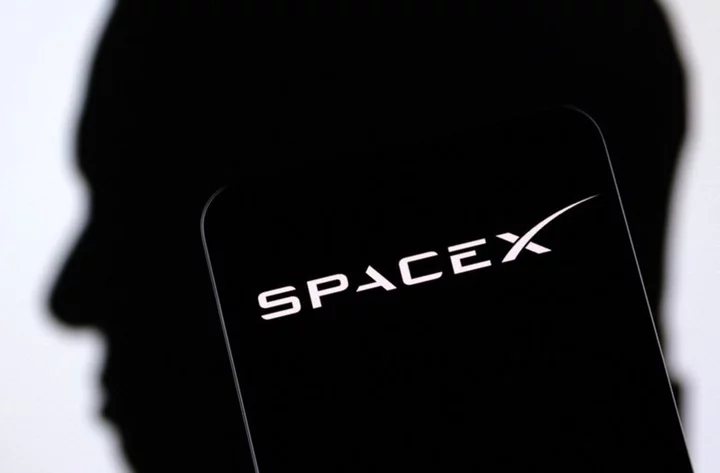
SpaceX wins reprieve from US lawsuit alleging anti-immigrant bias
By Daniel Wiessner A U.S. judge has blocked the U.S. Department of Justice from pursuing an administrative case
1970-01-01 08:00
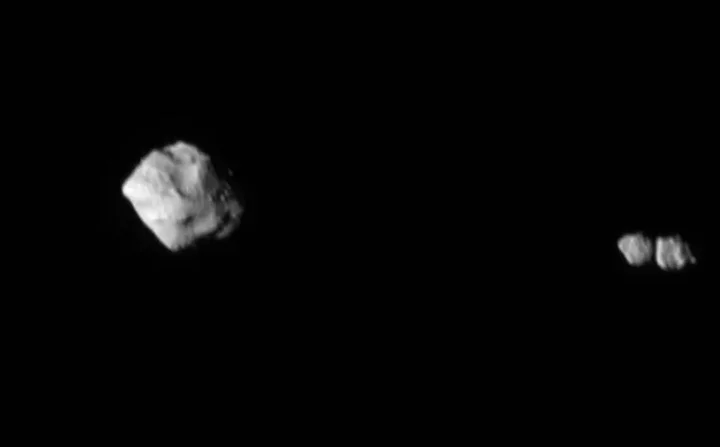
Nasa gets ‘puzzling’ data back from Lucy spacecraft exploring distant object
Nasa has received “puzzling” data from a spacecraft that was studying a distant asteroid. The space agency’s Lucy Spacecraft left Earth in 2021, with the aim of studying “Jupiter trojans”, a set of asteroids that fly around the Sun along Jupiter’s orbit and remain largely mysterious. Recently, scientists decided to send it to visit another small object on its way, largely as a test of the systems on the spacecraft that let it track asteroids for its mission. When Lucy arrived at that object – a main belt asteroid named Dinkinesh – it found a surprise, however. Images taken of the asteroid showed that it had a satellite, which flies around the asteroid like a tiny moon of its own. Now, further examination of those images show that the satellite is not one but two objects. Those objects make up a “contact binary”, or two smaller objects that are touching each other as they fly through space. The unexpected discovery explains some of the strange data that scientists had received as they approached Lucy. But it opens up more confusion about the whole system, which one called “bizarre”. “Contact binaries seem to be fairly common in the solar system,” said John Spencer, Lucy deputy project scientist, in a statement. “We haven’t seen many up-close, and we’ve never seen one orbiting another asteroid. “We’d been puzzling over odd variations in Dinkinesh’s brightness that we saw on approach, which gave us a hint that Dinkinesh might have a moon of some sort, but we never suspected anything so bizarre!” The flyby of Dinkinesh was only intended as a test of the spacecraft’s systems but has now posed new possible research for scientists. “It’s truly marvelous when nature surprises us with a new puzzle,” said Tom Statler, Lucy program scientist from NASA Headquarters in Washington. “Great science pushes us to ask questions that we never knew we needed to ask.” “It is puzzling, to say the least,” said Hal Levison, principal investigator for Lucy, also from Southwest Research Institute. “I would have never expected a system that looks like this. In particular, I don’t understand why the two components of the satellite have similar sizes. This is going to be fun for the scientific community to figure out.” The scientists were only able to confirm the nature of the system with the multiple images that were sent back by Lucy in the wake of its encounter with Dinkinesh. Nasa is working now to get the rest of the data from the spacecraft, which might include yet more surprises. Lucy itself will continue flying through space on a journey that is due to take 12 years. Lucy is actually heading back to Earth, which it will use for a gravity assist to propel it onto the next part of its journey, back through the main asteroid belt and onto the Trojan asteroids. Read More Nasa sending VR headset up to ISS to treat astronaut’s mental health All-UK space mission will ‘push boundaries of human knowledge’ All-female Nasa astronaut team departs International Space Station on spacewalk
1970-01-01 08:00
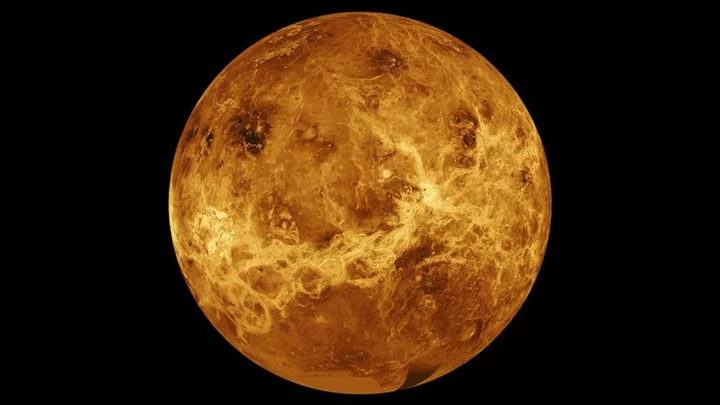
Scientists detect oxygen in noxious atmosphere of Venus
By Will Dunham WASHINGTON Oxygen accounts for about 21% of Earth's air, with the rest of our atmosphere
1970-01-01 08:00

New telescope reveals stunning images of the universe as it has never been seen before
The Euclid space telescope has revealed its first full-colour images, showing the universe as it has never been seen before. The five images, taken by the European Space Agency’s newly launched flying observatory, show the shining lights of distant galaxies. Scientists hope they will also prove useful in better understanding those galaxies, which includes some of the most massive structures in the known universe. Many of the galaxies have never been seen before. And much of the information in them could help explain mysteries such as dark energy and the expansion of the universe. The images released on Tuesday include one of the Perseus cluster of galaxies which shows 1,000 galaxies belonging to the cluster, and more than 100,000 additional galaxies further away in the background. Many of these faint galaxies were previously unseen, and some of them are so far that their light has taken 10 billion years to reach us. Another image captures the spiral galaxy IC 342, nicknamed the Hidden Galaxy, because it is difficult to observe as it lies behind the busy disc of our Milky Way, and so dust, gas and stars obscure our view. One of the new pictures is of globular cluster NGC 6397 - the second-closest globular cluster to Earth, located about 7,800 light-years away. Globular clusters are collections of hundreds of thousands of stars held together by gravity. These faint stars tell us about the history of the Milky Way and where dark matter is located. To create a 3D map of the universe, Euclid will observe the light from galaxies out to 10 billion light-years. The first irregular dwarf galaxy that Euclid observed is called NGC 6822 and is located just 1.6 million light-years from Earth. And the fifth image shows a panoramic and detailed view of the Horsehead Nebula, also known as Barnard 33 and part of the constellation Orion. Scientists hope to find many dim and previously unseen Jupiter-mass planets in their celestial infancy, as well as young brown dwarfs and baby stars, in this new observation. Professor Carole Mundell, ESA director of science, said: “Dark matter pulls galaxies together and causes them to spin more rapidly than visible matter alone can account for; dark energy is driving the accelerated expansion of the universe. “Euclid will for the first time allow cosmologists to study these competing dark mysteries together. “Euclid will make a leap in our understanding of the cosmos as a whole, and these exquisite Euclid images show that the mission is ready to help answer one of the greatest mysteries of modern physics.” Rene Laureijs, the ESA’s Euclid project scientist, said: “We have never seen astronomical images like this before, containing so much detail. “They are even more beautiful and sharp than we could have hoped for, showing us many previously unseen features in well-known areas of the nearby universe. “Now we are ready to observe billions of galaxies, and study their evolution over cosmic time.” Euclid was launched on a SpaceX Falcon 9 rocket from Cape Canaveral in Florida on July 1. Named after the ancient Greek mathematician Euclid, the two-tonne probe made its way towards an area in space known as the second Lagrange point, where the gravitational forces of Earth and the sun are roughly equal - creating a stable location for the spacecraft. The UK has contributed £37 million towards the £850 million mission, with scientists playing key roles in designing and building the probe and leading on one of the two scientific instruments on board. Dr Caroline Harper, head of space science at the UK Space Agency, said: “These first colour images showcase Euclid‘s enormous potential, giving us incredibly sharp images of galaxies and stars, and helping us understand more about the impacts of dark matter and dark energy on the universe. “The UK has played an important role in the mission, leading on the development of the visible imager (VIS) instrument and on key elements of the data processing pipeline, funded by the UK Space Agency. “And this is just the start - UK researchers will be using Euclid data for many years to come to make significant new scientific discoveries about the composition and evolution of the cosmos.” Additional reporting by Press Association Read More Euclid space telescope releases first full-colour images of cosmos First full-colour images of universe captured by Euclid telescope revealed Watch again: ESA reveals first full-colour images of ‘dark universe’ from Euclid Tim Peake: Possibility of all-UK space mission a ‘very exciting development’ Strange purple light phenomenon ‘Steve’ spotted across UK skies Nasa sending VR headset up to ISS to treat astronaut’s mental health
1970-01-01 08:00
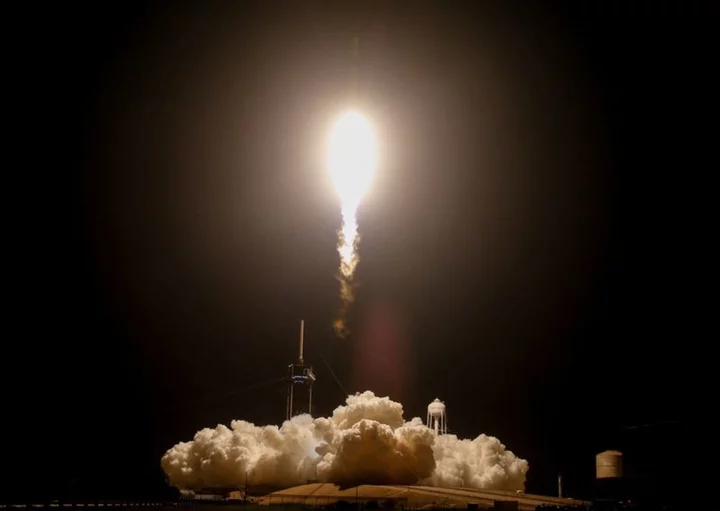
EU fine-tunes plan to launch Galileo satellites on SpaceX
(Reuters) -The European Union has struck a tentative deal to launch four Galileo navigation satellites using Falcon 9 rockets of
1970-01-01 08:00
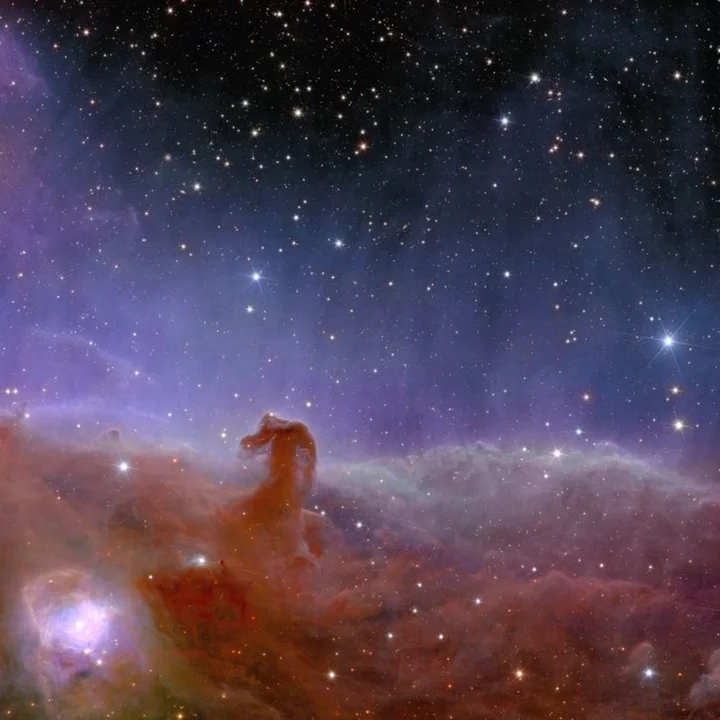
Star-filled Euclid images spur mission to probe 'dark universe'
By Tim Hepher PARIS European astronomers on Tuesday released the first images from the newly launched Euclid space
1970-01-01 08:00
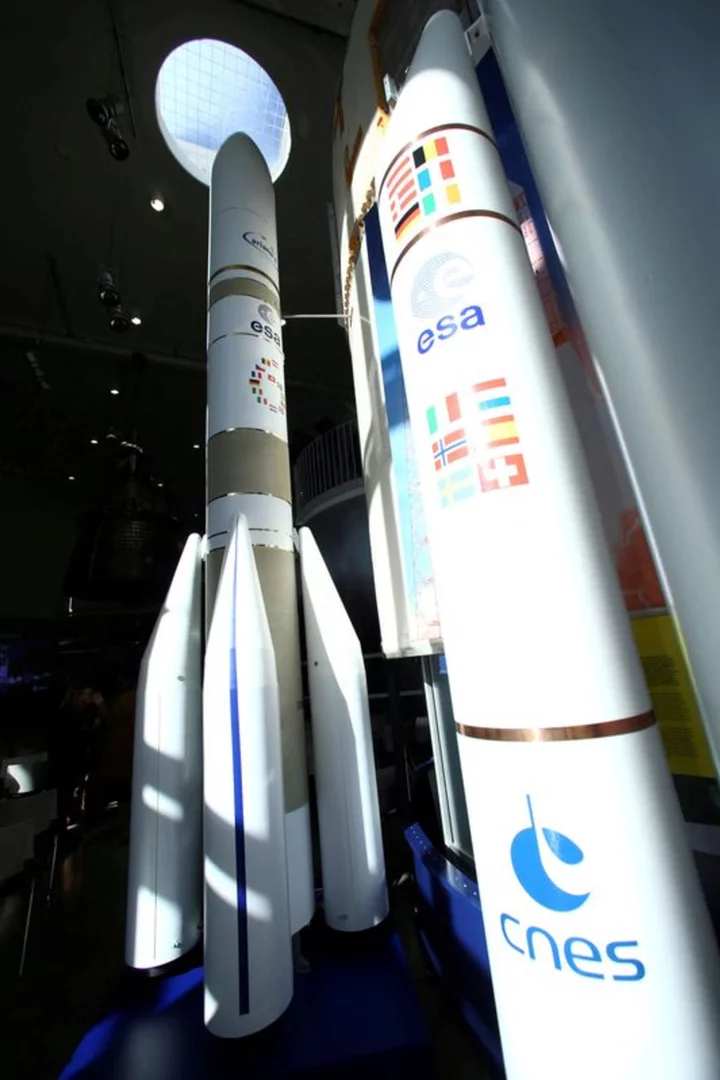
Europe targets competitive shake-up in space launch deal
(Moves expert quote from paragraph 7 to 15 to show he was referring to exploration project) By Tim Hepher and
1970-01-01 08:00

Europe's space agency boss sees progress on Ariane 6 launcher
By Tim Hepher PARIS Europe's top space official said on Tuesday there was "light at the end of
1970-01-01 08:00
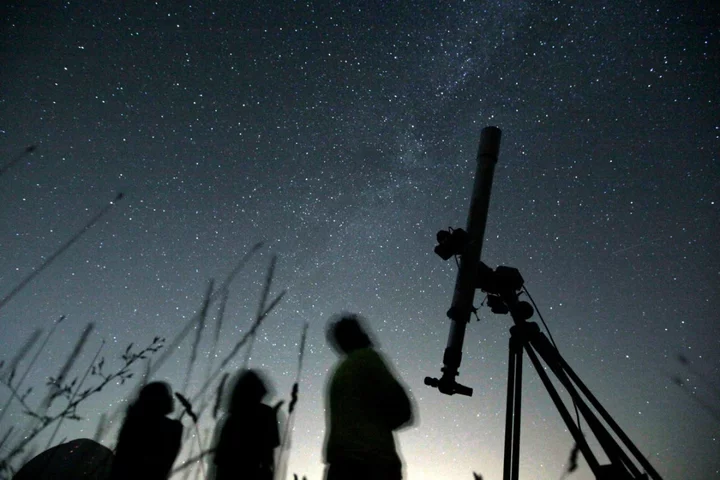
Infrared ‘aurora’ like northern lights spotted on Uranus could help find alien life, scientists say
Scientists have spotted an infrared aurora on Uranus that could help us find alien life. On Earth, aurorae are best known in the form of the northern lights, when bright light streaks across the sky. Uranus also has its own aurora – though it is not visible in the same way, because of the different atmosphere on that planet. Researchers have known about ultraviolet aurorae on Uranus since 1986. But now scientists have confirmed there are infrared aurorae on the distant planet, too. Scientists hope that the findings could help explain the magnetic fields of other planets in our solar system. And it could help us find out whether distant planets support alien life. Aurorae happen when charged particles arrive at a planet and hit its atmosphere, brought down through its magnetic field lines. To better understand those on Uranus, researchers analysed the light from the planet and watched for a specific charged particle that changes brightness depending on how how it is and how dense the atmosphere is, so that it can be used as a thermometer. The researchers found that the density of that particle significantly increased, which suggests they are being ionised by an infrared aurorae, they say. Scientists hope that will inform our understanding of other, similar planets, as well as which worlds might be suitable for alien life. “The temperature of all the gas giant planets, including Uranus, are hundreds of degrees Kelvin/Celsius above what models predict if only warmed by the sun, leaving us with the big question of how these planets are so much hotter than expected? One theory suggests the energetic aurora is the cause of this, which generates and pushes heat from the aurora down towards the magnetic equator,” said Emma Thomas from the University of Leicester, who was lead author on the new study. “A majority of exoplanets discovered so far fall in the sub-Neptune category, and hence are physically similar to Neptune and Uranus in size. This may also mean similar magnetic and atmospheric characteristics too. By analysing Uranus’s aurora which directly connects to both the planet’s magnetic field and atmosphere, we can make predictions about the atmospheres and magnetic fields of these worlds and hence their suitability for life. “This paper is the culmination of 30 years of auroral study at Uranus, which has finally revealed the infrared aurora and begun a new age of aurora investigations at the planet. Our results will go on to broaden our knowledge of ice giant auroras and strengthen our understanding of planetary magnetic fields in our solar system, at exoplanets and even our own planet.” The findings might also help explain a mysterious phenomenon on Earth known as geomagnetic reversal, where the north and south pole switch around. Scientists still know very little about that rare phenomenon, and how it might affect things such as satellites and communications. That process happens every day on Uranus, however. Researchers hope they can use its aurorae to get better data on the nature of that reversal – and what might happen if Earth has one, too. The findings are described in a new paper, ‘Detection of the infrared aurora at Uranus with Keck-NIRSPEC’, published in Nature Astronomy. Read More People don’t know their Uranus from Eridanus when it comes to astronomy Scientists find surprise ‘layer’ underneath surface of Mars Scientists see huge explosion in space – and it could explain life
1970-01-01 08:00
